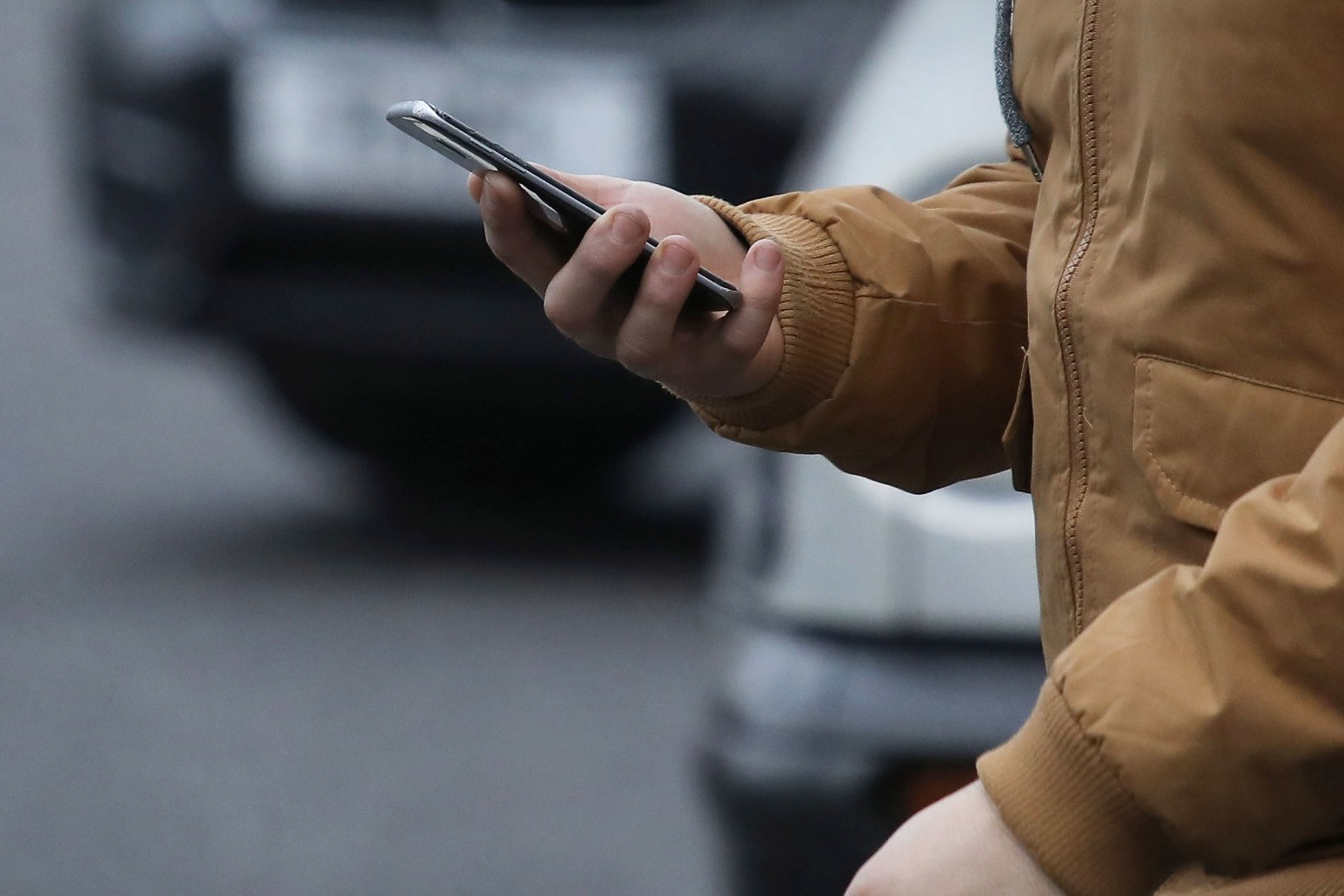
Texting pedestrians more likely to have accidents while crossing road - study
Pedestrians who attempt to cross roads with their eyes glued to their smartphones are more likely to be involved in accidents or near misses, a study suggests. Texting or internet browsing while walking is associated with higher rates of near misses and failure to look left and right before crossing a road, Canadian researchers say.
Safety was compromised more when pedestrians were texting, as opposed to listening to music or talking on the phone, their meta-analysis found.
The authors write: "Given the ubiquity of smartphones, social media, apps, digital video and streaming music, which has infiltrated most aspects of daily life, distracted walking and street cross will be a road safety issue for the foreseeable future."
The researchers, from the University of Calgary, pooled data from 14 experimental studies on the potential road safety impact of hand-held and hands-free smartphone activities, and reviewed a further eight.
They looked at how long it took 808 children and adults to start walking, begin and complete crossing a road, whether they looked left or right and collisions and close calls with other pedestrians and vehicles.
The studies typically involved a simulation with a curb-like platform and graphics computer with a projection system.
Texting was found to be the potentially most harmful behaviour, with significantly lower rates of looking left and right before or while crossing the road.
This was also linked to "moderately increased" rates of collisions and close calls with other road users.
The authors write: "As expected, texting or browsing had the most detrimental effects on hits and close calls and looking left and right.
"Texting requires a pedestrian to repeatedly divert their eyes away from the walking environment and traffic, towards the screen of the phone, to type and read messages.
"Browsing requires repeated device interactions and information scanning.
"If pedestrians do not look left and right when crossing a street, detection of vehicles likely also decreases.
"The extent to which reductions in head turning necessarily translate into greater real world crash risk, however, is still largely unknown."
Listening to music was not associated with any heightened risk of potentially harmful pedestrian behaviours.
Talking on the phone was associated with a small increase in the time taken to start crossing the road and slightly more missed opportunities to cross the road safely.
The distraction levels of the pedestrians in the further eight studies ranged from 12 to 45%, the authors observed.
Other factors influencing this included gender, time of day, whether they were crossing alone or in a group and their walking speed.
The authors caution that much of the data is experimental and varying in quality, which makes it difficult to draw firm conclusions.
The validity of the findings also need to be confirmed in actual traffic environments, but putting pedestrians into situations with potential collisions poses ethical questions.
Proposed solutions to combat pedestrian distraction include e-walking lanes, traffic tickets and enforcement, wrapping poles with padding, having mobile phones alarm when at crossings, the authors summarise.
The paper is published in the journal Injury Prevention.
Published: by Radio NewsHub